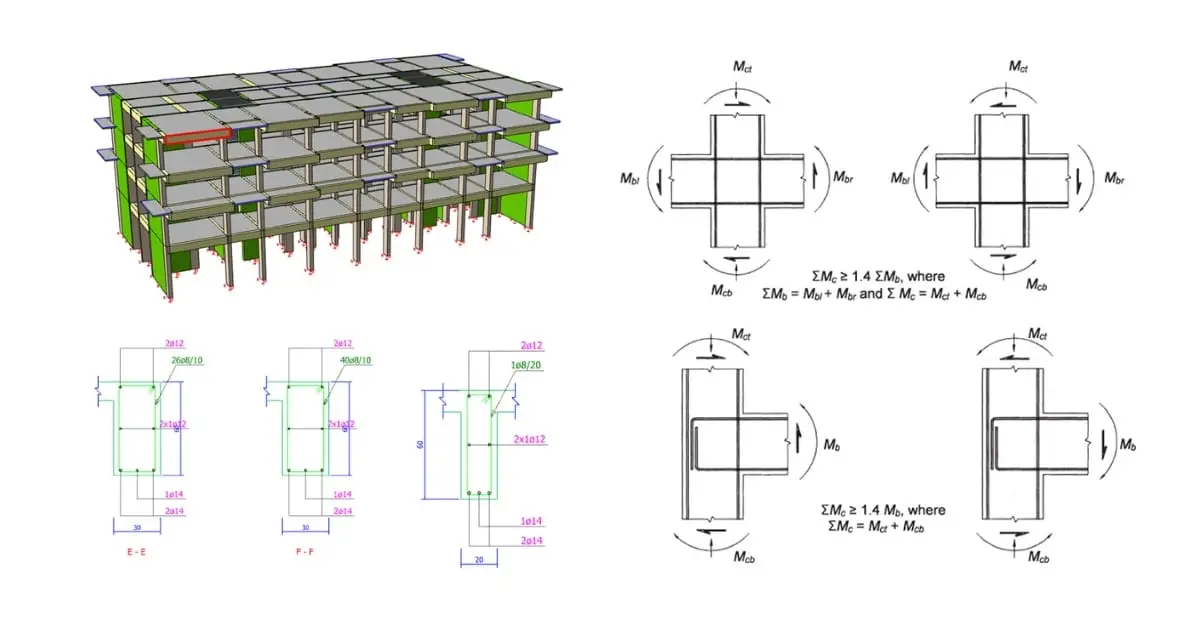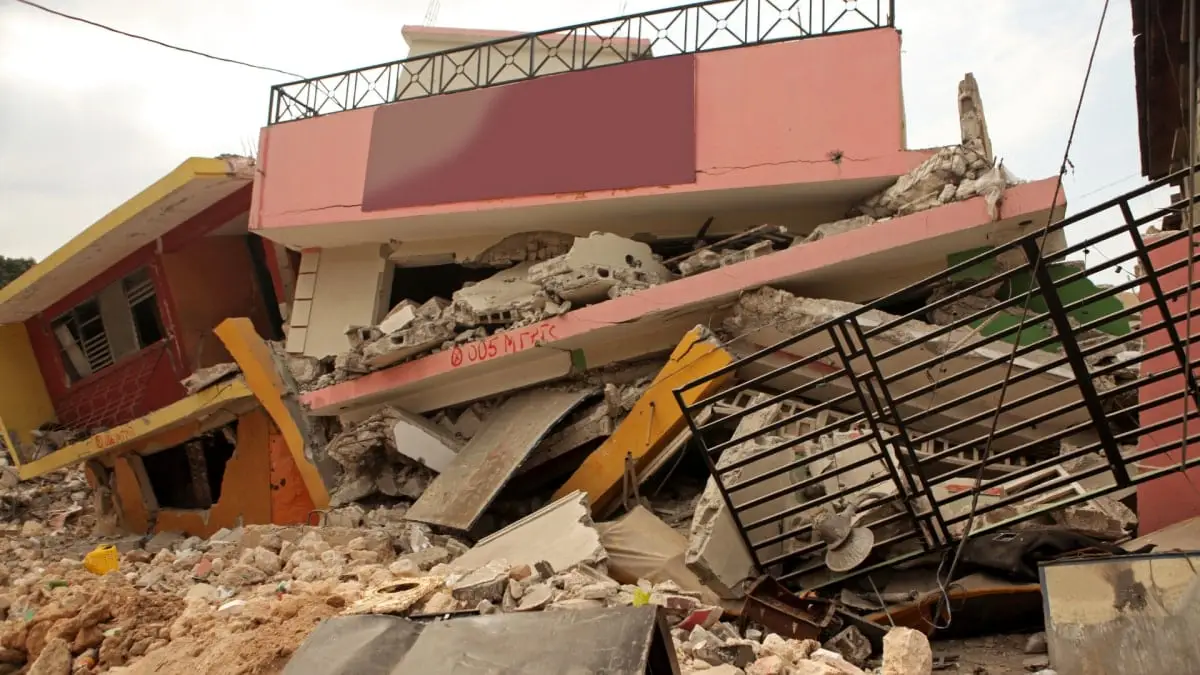
A Comprehensive Guide to Strong Column-Weak Beam Checks for Seismic Resilience in India
Understanding Strong Column-Weak Beam Concept:
At the very heart of structural engineering lies the cornerstone principle known as the strong column-weak beam concept. This concept underscores the deliberate distribution of lateral loads, most notably those induced by seismic events, in a meticulously controlled manner. At its essence, the principle dictates that vertical load-bearing elements, or columns, should be designed to possess greater strength and stiffness compared to their horizontal counterparts, the beams. This strategic principle acts as a safeguard against undesirable failure modes that could compromise a structure’s overall stability during seismic occurrences.

Why Strong Column-Weak Beam Checks Matter:
The significance of strong column-weak beam checks is particularly pronounced in scenarios of seismic disturbances. During an earthquake, lateral forces exert themselves upon a structure, causing it to sway. The balance here is crucial. If beams were to exceed columns in strength, they might inadvertently withstand seismic forces to a greater extent. This misalignment in strength distribution could lead to an uneven distribution of stress, potentially culminating in brittle failure mechanisms such as shear failures or beam hinges. Such vulnerabilities could ultimately result in partial or complete structural collapse. By ensuring that columns maintain superior strength, we enhance a structure’s capacity to preserve its integrity amidst seismic events.
Ductility and Energy Dissipation:
Another noteworthy facet of the strong column-weak beam concept is the emphasis on ductility. Ductility denotes the capability of a material to undergo plastic deformation prior to failure. In structural engineering terms, this translates to allowing beams to yield and absorb energy during an earthquake. This strategic dissipation of energy through controlled plastic deformation bestows the structure with a heightened level of resilience. It also serves as an early warning mechanism for potential vulnerabilities, enabling timely intervention and repairs.
Reduction of Soft Story Failures:
The adherence to the strong column-weak beam principle also leads to a significant reduction in a phenomenon known as “soft story failures.” These failures manifest when the lateral stiffness of a particular story is significantly lower than the adjacent stories which result in large interstorey drift. Combined with the lack of masonry infill walls, soft story irregularity can cause significant structural damage and preemptive collapse of the building with an undesired failure mechanism. . By adhering to this principle, particularly with the placement of robust columns and shearwalls at the structure’s base or reducing the storey height, the likelihood of soft story failures is minimized, ultimately enhancing the overall structural stability.

Implementation and Design Considerations:
To translate this concept into actionable design, engineers must factor in various considerations:
- Material Properties: The selection of materials boasting known strength and ductility attributes is pivotal to achieving desired behavior during seismic events.
- Load Distribution: The transmission of loads from floors and roofs to beams and ultimately to columns must be orchestrated in a manner that mitigates excessive localized stresses.
- Connection Details: The integrity of connections between columns and beams is paramount to ensure seamless load transfer and thwart potential weak points.
- Seismic Codes and Regulations: Adherence to local seismic codes and regulations is imperative to craft structures that can endure the forces imposed by seismic events specific to the region.
The ProtaStructure Design Guide:
Guiding Excellence:
Central to our exploration is the invaluable ProtaStructure Design Guide. This guide serves as a beacon of knowledge, providing detailed insights into the IS 1893-2016 Annex F requirements. Its elucidation of example calculations facilitates compliance, ensuring the implementation of strong column-weak beam checks in practice. By leveraging this guide, we equip ourselves with a potent tool to navigate the intricacies of structural design, bolstering the robustness of our architectural endeavors.
Start a free trial of ProtaStructure today and see how you can easily check strong column-weak beam design with just one click.
Try ProtaStructure
Our webinar on ProtaStructure for Indian structural engineers!
In this webinar, Mustafa Tan, Product Manager at Prota Software, and Nigel Watts, Asia Managing Director at Prota Software, discussed the implementation process and the scope of Indian Code Support of ProtaStructure. They also presented a live demonstration of how ProtaStructure can transform the workflow of structural engineering projects.
Click here to watch the replay.
Limited-time offer: Enjoy a 20% Discount on ProtaStructure until the 2024 Release!
Contact Us
Anchoring Resilience in Sound Engineering:
In the tapestry of structural engineering, the strong column-weak beam concept emerges as a bedrock, particularly within regions susceptible to seismic activity. The conscious elevation of column integrity, coupled with the judicious yielding of horizontal load-bearing elements, imparts resilience to structures, augmenting their chances of survival amidst seismic trials. The meticulous application of this concept, entwined with unwavering dedication to seismic codes and engineering best practices, underscores the commitment of structural engineers. Through their endeavors, they forge a testament to the creation of secure and resilient environments for our communities. As pillars of innovation and guardians of architectural integrity, we embark on a journey to elevate structural excellence, one beam at a time.
 Twitter
Twitter






